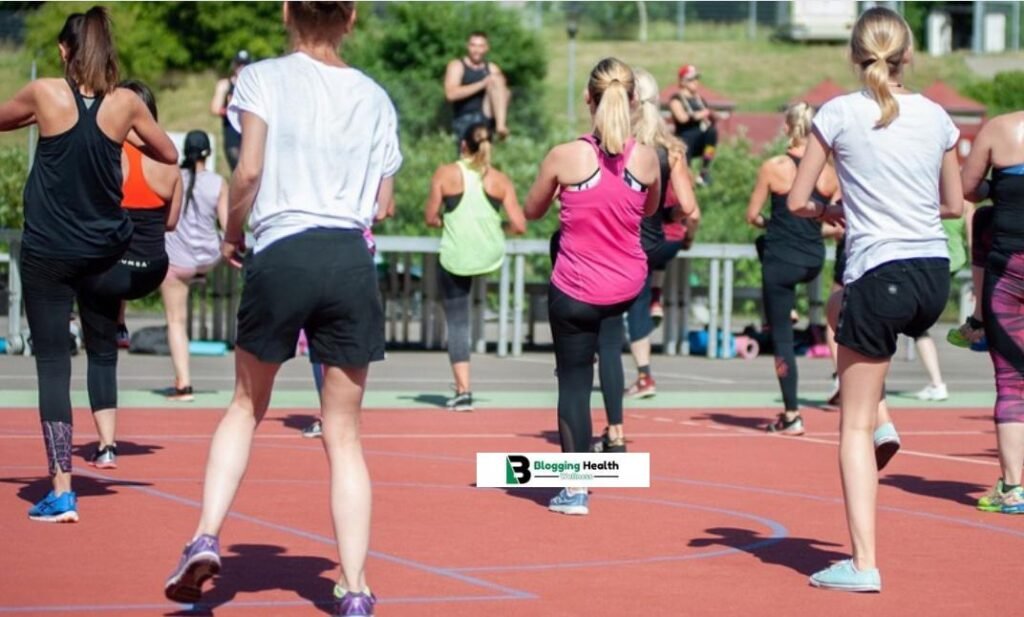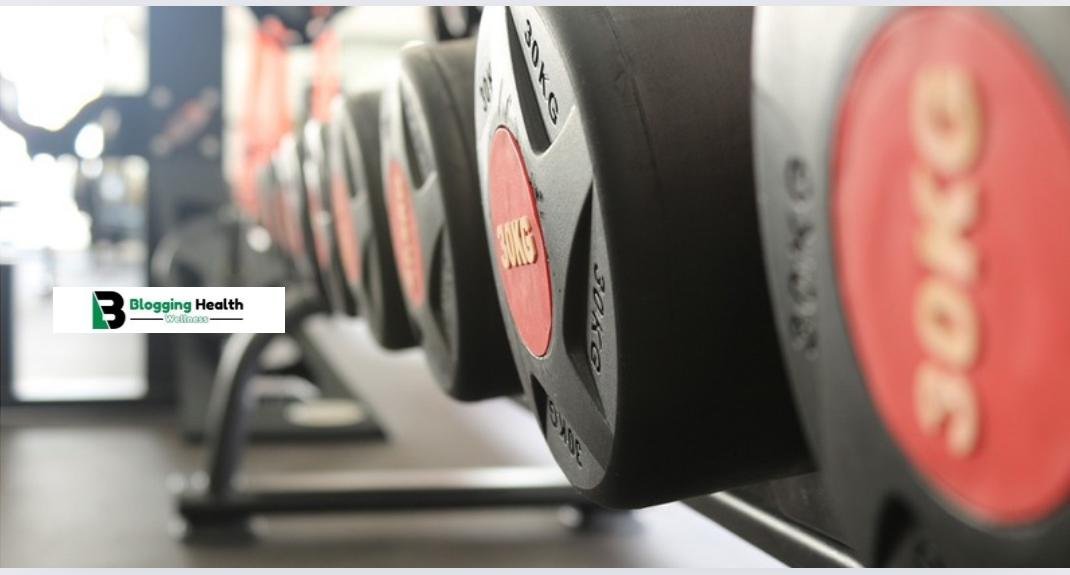Introduction of Decline Dumbbell Curls
In the world of strength training, the biceps get a lot of attention, and for good reason. A well-developed bicep not only improves the appearance of the arm, but it also plays an important part in upper body strength and function. While standard workouts like the barbell curl and standing Decline Dumbbell Curl are popular, there is another exercise that ought to be included in your routine: the declining dumbbell curl.

This exercise stimulates the biceps from a new angle, bringing variation to your workout while guaranteeing balanced development. This thorough tutorial will cover all you need to know about the decline dumbbell curl, including its benefits, perfect form, variations, frequent mistakes, and how to include it into your training routine.
1. What is the Decline Dumbbell Curl?
The decline dumbbell curl works the biceps and is done on a decline bench tilted at around 30 to 45 degrees. This angle alters how the curl affects the biceps’ biomechanics, focusing on various sections, especially the long head. In contrast to standard curls focusing on the short head, the decline position enables a wider range of motion and deeper stretch at the bottom, resulting in enhanced muscle activation and growth.

How It Works:
- Position: The decline bench position reduces the involvement of other muscles like the shoulders and back, isolating the biceps more effectively.
- Range of Motion: The angle provides a greater range of motion, especially at the lower part of the curl, ensuring a deep stretch and intense contraction.
- Focus: It shifts the focus from the short head to the long head of the biceps, contributing to overall muscle balance and development.
2. Muscles Worked in the Decline Dumbbell Curl
The decline dumbbell curl primarily targets the biceps brachii, a two-headed muscle comprising the short head and the long head. Here’s how the exercise affects each part of the muscle:

a. Long Head of the Biceps:
- The decline position emphasizes the long head of the biceps more than traditional curls. This is important for developing the bicep peak, which is the visible bulge of the biceps when flexed.
b. Short Head of the Biceps:
- While the focus is more on the long head, the short head still gets activated, particularly during the top phase of the curl. This contributes to the thickness and overall mass of the biceps.
c. Brachialis:
- Located beneath the biceps, the brachialis is another muscle that assists during the curl. Strengthening this muscle helps push the biceps out, making them appear larger.
d. Forearm Muscles:
- The brachioradialis, a prominent forearm muscle, is also engaged during the decline dumbbell curl, providing additional benefits for forearm strength and size.
3. Benefits of the Decline Dumbbell Curl
Incorporating the decline dumbbell curl into your workout routine offers several benefits:
a. Enhanced Bicep Peak Development:
- The exercise’s emphasis on the long head of the biceps helps in developing a more pronounced bicep peak, leading to more defined and aesthetic arms.
b. Improved Range of Motion:
- The decline position allows for a greater stretch at the bottom of the curl and a full contraction at the top, maximizing muscle fiber recruitment and growth.
c. Isolation of the Biceps:
- By reducing the involvement of other muscles like the shoulders and back, the decline dumbbell curl ensures that the biceps are doing the majority of the work, leading to better muscle isolation and growth.
d. Variation and Muscle Confusion:
- Adding variety to your workout routine with exercises like the decline dumbbell curl prevents plateaus and keeps your muscles guessing, which is key for continuous growth and strength gains.
e. Joint Health:
- The decline dumbbell curl can be easier on the wrists and elbows compared to barbell curls, making it a good option for those with joint issues or looking for an alternative to traditional curling exercises.
4. How to Perform the Decline Dumbbell Curl with Perfect Form
Proper form is essential for maximizing the benefits of the decline dumbbell curl and preventing injury.
a. Setup:
- Adjust the Bench: Set the decline bench to an angle between 30 to 45 degrees.
- Grab the Dumbbells: Choose a pair of dumbbells that allow you to complete your desired number of repetitions with good form.
- Position Yourself: Lie back on the bench with your head at the lower end, ensuring your entire back and glutes are in contact with the bench.
- Grip the Dumbbells: Hold a dumbbell in each hand with a supinated grip (palms facing up).
b. Execution:
- Start Position: Allow your arms to hang straight down, fully extended, with the dumbbells in your hands.
- Curl the Dumbbells: Exhale as you curl the dumbbells towards your shoulders, focusing on squeezing your biceps.
- Peak Contraction: Hold the top position for a moment, ensuring maximum contraction of the biceps.
- Lower the Dumbbells: Slowly lower the dumbbells back to the starting position, fully extending your arms and feeling the stretch in your biceps.
- Repeat: Perform the desired number of repetitions, maintaining control throughout the entire movement.
c. Breathing:
- Inhale as you lower the weights and exhale as you curl them towards your shoulders.
d. Common Mistakes to Avoid:
- Swinging the Weights: Using momentum to lift the dumbbells takes the focus off the biceps and increases the risk of injury.
- Elbows Flaring Out: Keep your elbows close to your torso throughout the exercise to maintain proper form and maximize bicep activation.
5. Variations of the Decline Dumbbell Curl
While the standard decline dumbbell curl is highly effective, incorporating variations can add variety to your workouts and target your muscles differently. Here are some popular variations:
a. Alternating Decline Dumbbell Curl:
- Instead of curling both dumbbells simultaneously, alternate between your left and right arms. This variation allows for a greater focus on each bicep individually and can help correct imbalances.
b. Hammer Grip Decline Dumbbell Curl:
- Perform the decline curl with a neutral grip (palms facing each other). This variation shifts more emphasis to the brachialis and brachioradialis, contributing to overall arm thickness.
c. Concentration Decline Dumbbell Curl:
- Perform the curl with one arm at a time, using your free hand to brace against the bench for stability. This variation isolates the biceps even more, allowing for maximum muscle engagement.
d. Eccentric Decline Dumbbell Curl:
- Focus on the eccentric (lowering) phase of the curl by taking 3-4 seconds to lower the dumbbells back to the starting position. This variation increases time under tension, promoting muscle growth and strength.
e. Decline Cable Curl:
- If you have access to a cable machine, perform the decline curl using a low pulley. This variation provides constant tension throughout the entire range of motion, further enhancing muscle engagement.
6. Integrating Decline Dumbbell Curls into Your Workout Routine
To get the most out of the decline dumbbell curl, it’s essential to incorporate it strategically into your workout routine. Here are some tips:
a. Frequency:
- Perform the decline dumbbell curl 1-2 times per week, depending on your training split and goals. Avoid overtraining your biceps by allowing at least 48 hours of rest between sessions.
b. Repetition Ranges:
- For hypertrophy (muscle growth), aim for 8-12 reps per set.
- For strength, focus on 4-6 reps with heavier weights.
- For muscular endurance, perform 15-20 reps with lighter weights.
c. Combining with Other Exercises:
- Include the decline dumbbell curl in a biceps-focused workout or as part of an upper body or arm day. Pair it with other bicep exercises like barbell curls, hammer curls, or concentration curls for a complete workout.
d. Supersets and Drop Sets:
- To intensify your workout, incorporate supersets (e.g., pairing the decline curl with a triceps exercise) or drop sets (e.g., reducing the weight after reaching failure and continuing to curl) to push your muscles to the limit.
e. Warm-up and Cool-down:
- Before starting your workout, warm up with light cardio and dynamic stretching to prepare your muscles and joints.
- After your workout, cool down with static stretching, focusing on the biceps and forearms to promote flexibility and recovery.
7. Common Mistakes to Avoid
Like any exercise, the decline dumbbell curl can be ineffective or even harmful if done incorrectly. Here are some common mistakes to watch out for:
a. Using Too Much Weight:
- Lifting too heavy can lead to poor form, such as swinging the weights or using momentum, which reduces the effectiveness of the exercise and increases the risk of injury.
b. Not Using a Full Range of Motion:
- Shortening the range of motion by not fully extending or contracting the arms diminishes muscle activation and reduces the benefits of the exercise.
c. Ignoring the Negative Phase:
- The eccentric (lowering) phase of the curl is just as important as the concentric (lifting) phase. Control the weight as you lower it to maximize muscle tension and growth.
d. Improper Bench Angle:
- Setting the decline bench at an angle that’s too steep or too shallow can alter the exercise’s effectiveness. Aim for an angle between 30 to 45 degrees for optimal results.
Conclusion
The decrease dumbbell curl is an active practice that can assist in cultivating equalized and make more forceful limb. This exercise focuses on the appendage’ long head, bright peak development and causing difference to your arm practice. Keep in mind that correct method and evenness are essential for acquire the rewards of some workout. Add decline dunce curls to your exercise procedure, try various alternatives, and commemorate as your appendage enhance stronger and clear.
Whether you are a newcomer inadequate to include a new exercise into your routine or a experienced larcenist focusing to boost your bicep workouts, the decline stupid person curl is a advantageous choice for some appropriateness plan.


